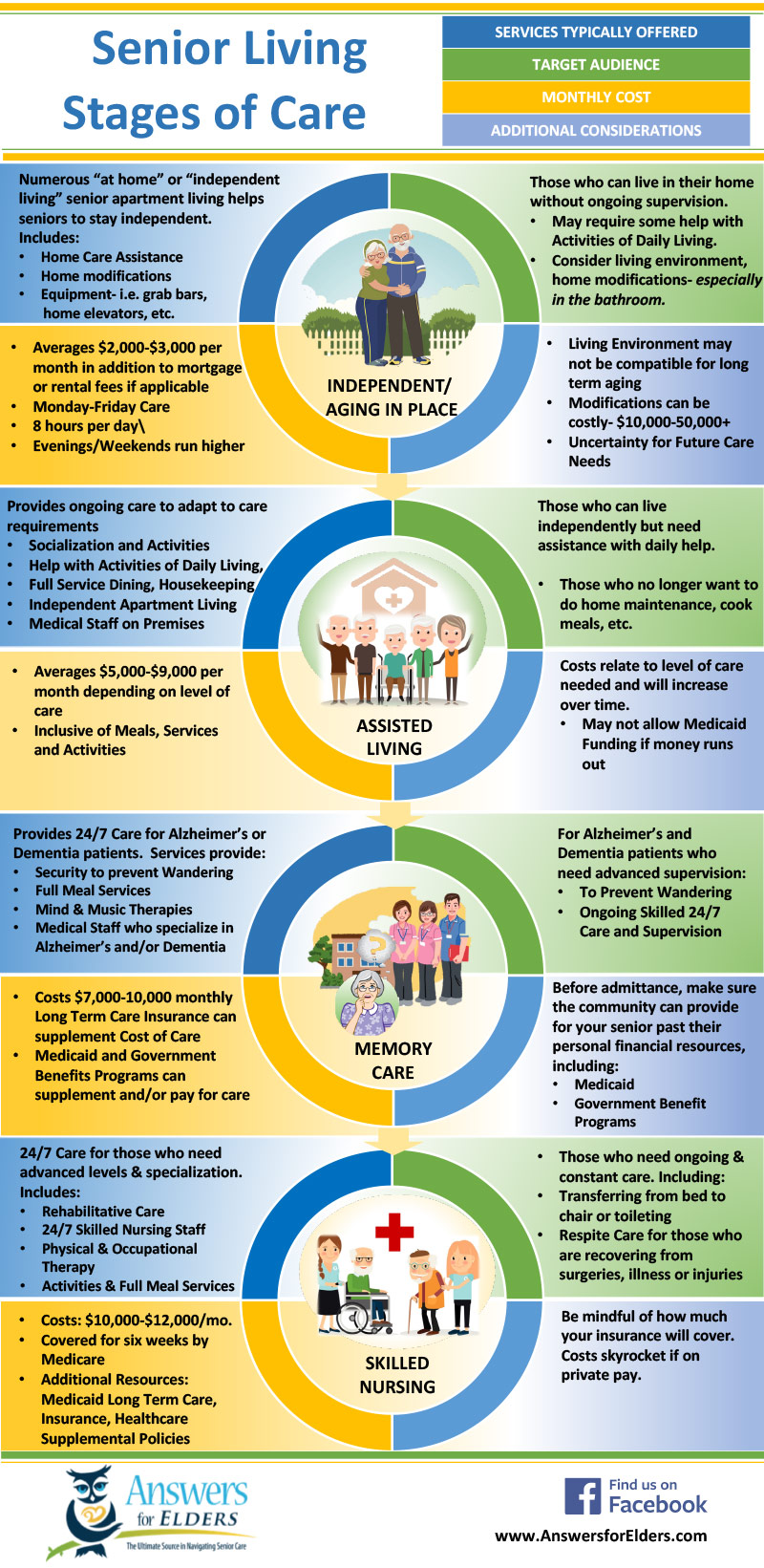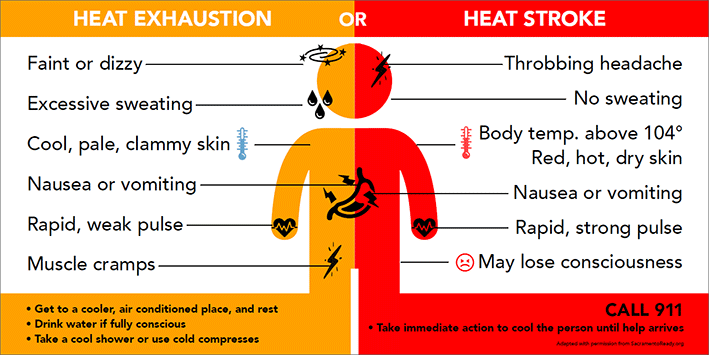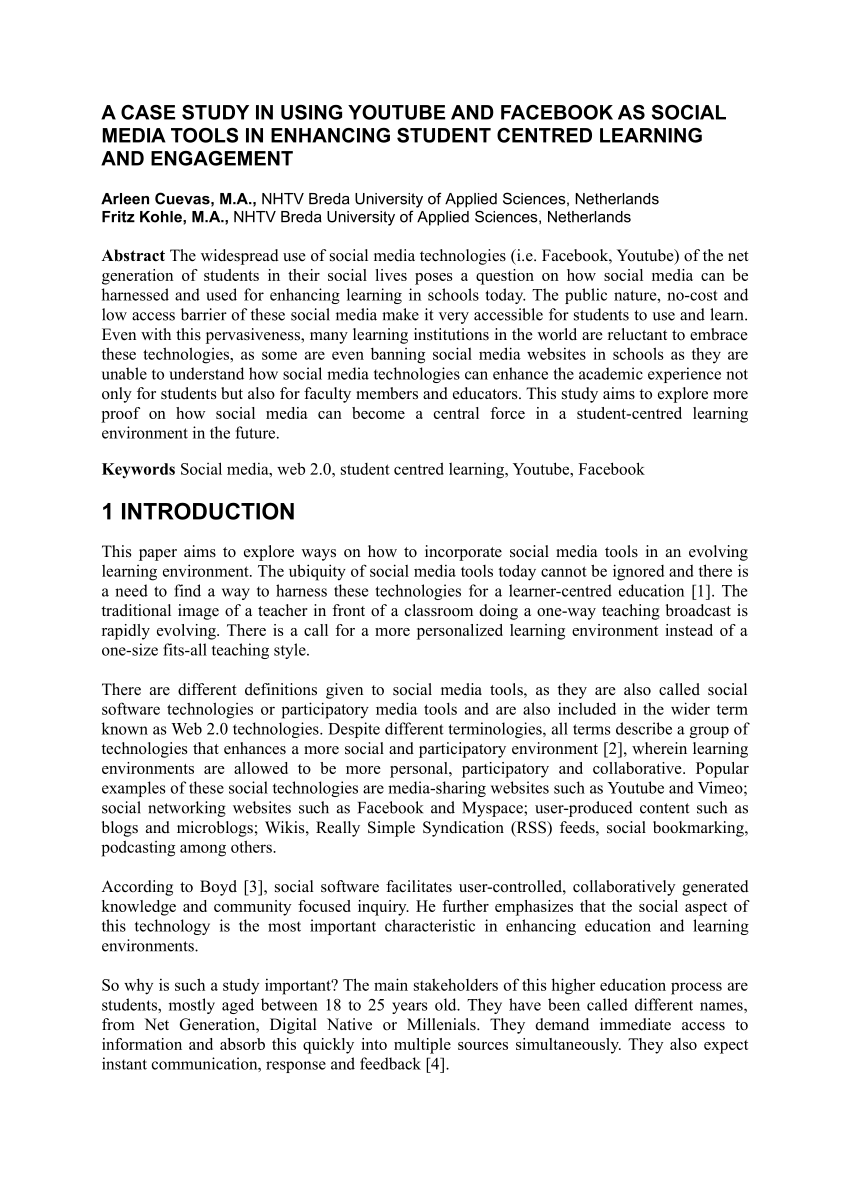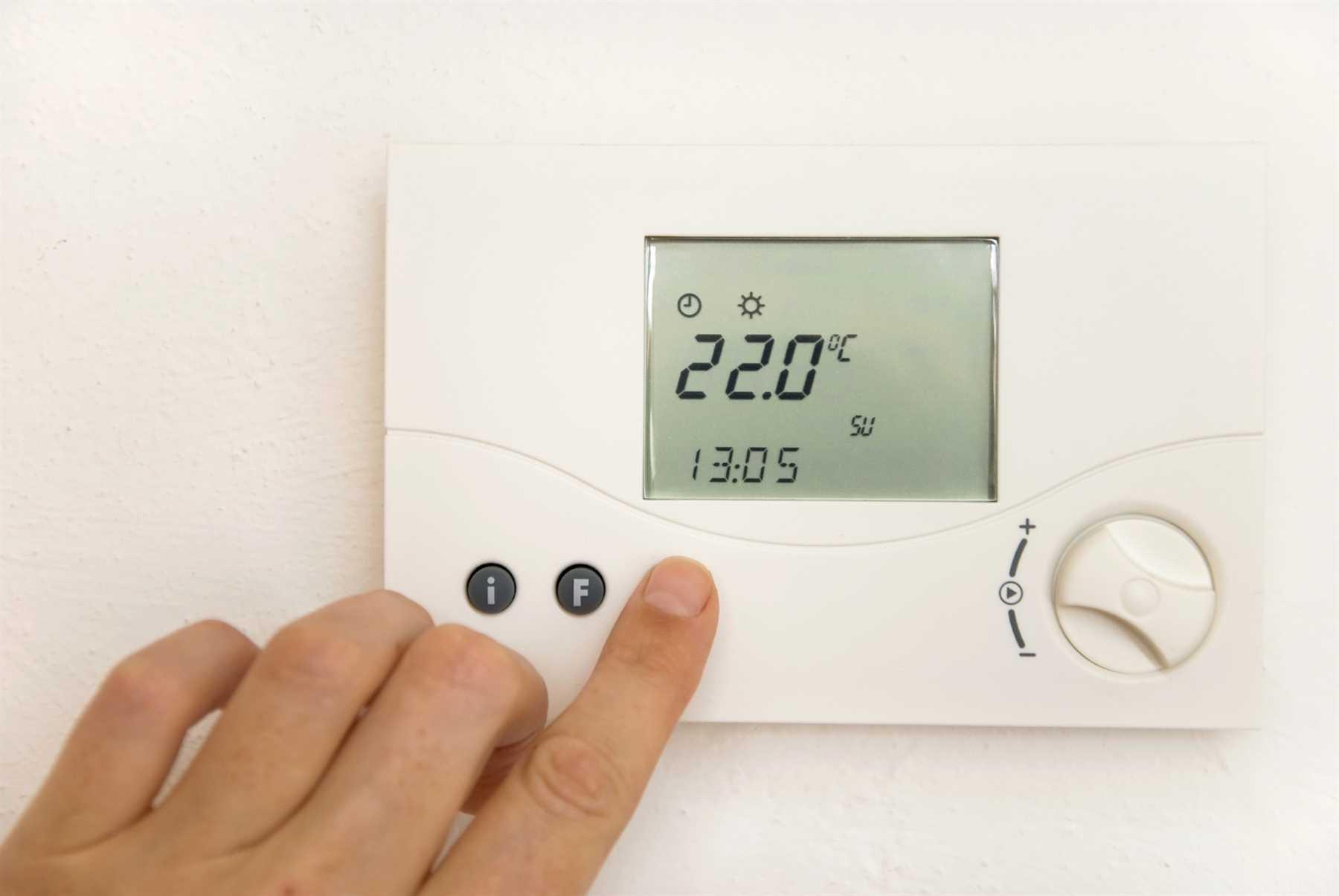Ensuring that room temperatures are comfortable and appropriate for residents is an important aspect of managing an assisted living facility. Extreme temperatures can negatively impact the health and well-being of the elderly, making it crucial to have proper temperature control measures in place. Assisted living room temperatures should be maintained between 68-74°F for optimal comfort. This may vary slightly depending on individual preferences, but it's important to keep the temperature within this range to promote a comfortable and healthy living environment.1. How to Manage Room Temperatures in Assisted Living Facilities
The health and well-being of assisted living residents can be greatly affected by room temperatures. Extreme heat or cold can worsen existing health conditions, increase the risk of dehydration, and even lead to heat stroke or hypothermia. It's important for assisted living facilities to prioritize proper room temperatures to ensure the safety and comfort of their residents.2. The Importance of Proper Room Temperatures in Assisted Living
There are a few simple tips that assisted living facilities can follow to maintain comfortable room temperatures for their residents. First, make sure that the HVAC system is regularly inspected and maintained to ensure it is functioning properly. Second, check for any drafts or air leaks that may be affecting the temperature in certain areas. And finally, encourage residents to dress appropriately for the weather and provide extra blankets or fans as needed.3. Tips for Maintaining Comfortable Room Temperatures in Assisted Living
Room temperatures play a crucial role in the overall care of assisted living residents. Not only does it impact their physical health, but it can also affect their mental and emotional well-being. Extreme temperatures can cause discomfort and agitation, leading to behavioral issues and a decrease in overall quality of life. As caregivers, it's important to prioritize and maintain proper room temperatures to provide the best care for residents.4. Understanding the Role of Room Temperatures in Assisted Living Care
Extreme temperatures can have a serious impact on the health and well-being of assisted living residents. As we age, our bodies become less efficient at regulating temperature, making seniors more susceptible to heat and cold related illnesses. This is why it's important for assisted living facilities to have proper temperature control measures in place to ensure the safety and comfort of their residents.5. The Impact of Room Temperatures on the Health and Well-Being of Assisted Living Residents
There are several best practices that assisted living facilities can follow to control room temperatures. These include installing programmable thermostats, using blinds or curtains to block out direct sunlight, and regularly checking and maintaining the HVAC system. It's also important to have a system in place for residents to report any temperature-related concerns so they can be addressed promptly.6. Best Practices for Controlling Room Temperatures in Assisted Living Facilities
With advancements in technology, there are now smart thermostats and temperature monitoring systems that can be used in assisted living facilities. These devices can be programmed and controlled remotely, making it easier for staff to monitor and adjust room temperatures as needed. This not only improves efficiency but also ensures that temperatures are constantly monitored and maintained.7. How Technology Can Help Monitor and Adjust Room Temperatures in Assisted Living
Room temperatures can greatly affect the satisfaction of assisted living residents. When temperatures are too hot or too cold, it can lead to discomfort, irritability, and a decrease in overall quality of life. On the other hand, when room temperatures are comfortable and appropriate, it can improve resident satisfaction, promote better sleep, and enhance overall well-being.8. The Connection Between Room Temperatures and Resident Satisfaction in Assisted Living
There are often common concerns and misconceptions about room temperatures in assisted living facilities. Some residents may prefer a warmer or cooler room temperature, but it's important to follow the recommended range for optimal health and comfort. If residents have concerns, it's important to address them and find a solution that works for everyone.9. Addressing Common Concerns About Room Temperatures in Assisted Living
Properly trained staff play a crucial role in maintaining optimal room temperatures in assisted living facilities. They should be knowledgeable about the impact of temperature on residents' health and well-being, and know how to properly operate and adjust the HVAC system. Regular training and communication with staff can help ensure that room temperatures are consistently monitored and maintained for the comfort and safety of residents.10. The Role of Staff Training in Maintaining Optimal Room Temperatures in Assisted Living
The Importance of Proper Room Temperatures in Assisted Living Facilities

Creating a Comfortable and Safe Environment
 When it comes to designing
assisted living facilities
, there are a lot of factors to consider in order to create a comfortable and safe environment for the residents. One crucial element that often gets overlooked is the
room temperature
. While it may seem like a minor detail, the temperature of a room can greatly impact the well-being and quality of life for the elderly residents.
When it comes to designing
assisted living facilities
, there are a lot of factors to consider in order to create a comfortable and safe environment for the residents. One crucial element that often gets overlooked is the
room temperature
. While it may seem like a minor detail, the temperature of a room can greatly impact the well-being and quality of life for the elderly residents.
The Impact of Room Temperature on Elderly Residents
 As we age, our bodies become less efficient at regulating temperature, making us more vulnerable to extreme temperatures. This is especially true for
seniors
living in assisted care facilities who may have underlying health conditions. Extreme temperatures can put them at risk for heat stroke, hypothermia, and other health complications. Additionally,
elderly individuals
are more sensitive to changes in temperature, which can affect their mood and overall well-being.
As we age, our bodies become less efficient at regulating temperature, making us more vulnerable to extreme temperatures. This is especially true for
seniors
living in assisted care facilities who may have underlying health conditions. Extreme temperatures can put them at risk for heat stroke, hypothermia, and other health complications. Additionally,
elderly individuals
are more sensitive to changes in temperature, which can affect their mood and overall well-being.
The Benefits of Maintaining a Consistent Room Temperature
 By ensuring that
assisted living facilities
have a consistent and comfortable room temperature, we can provide a better quality of life for the residents. A comfortable temperature can improve sleep quality, increase energy levels, and promote overall well-being. It can also reduce the risk of health complications and create a more pleasant living environment for the residents.
By ensuring that
assisted living facilities
have a consistent and comfortable room temperature, we can provide a better quality of life for the residents. A comfortable temperature can improve sleep quality, increase energy levels, and promote overall well-being. It can also reduce the risk of health complications and create a more pleasant living environment for the residents.
How to Achieve Proper Room Temperatures
 One of the best ways to maintain a consistent room temperature in
assisted living facilities
is by installing a reliable HVAC system. This allows for easy control of the temperature and ensures that it stays within a comfortable range. It's also important to regularly check and maintain the HVAC system to prevent any malfunctions that could result in extreme temperatures.
One of the best ways to maintain a consistent room temperature in
assisted living facilities
is by installing a reliable HVAC system. This allows for easy control of the temperature and ensures that it stays within a comfortable range. It's also important to regularly check and maintain the HVAC system to prevent any malfunctions that could result in extreme temperatures.
The Role of Technology in Assisted Living Room Temperatures
 With advancements in technology, there are now smart thermostats that can monitor and adjust room temperatures automatically. This can be especially helpful in
assisted living facilities
where staff may not always be available to monitor and adjust the temperature. Smart thermostats can also provide data on temperature patterns, allowing for more efficient energy usage and cost savings.
With advancements in technology, there are now smart thermostats that can monitor and adjust room temperatures automatically. This can be especially helpful in
assisted living facilities
where staff may not always be available to monitor and adjust the temperature. Smart thermostats can also provide data on temperature patterns, allowing for more efficient energy usage and cost savings.










































































































/cdn.vox-cdn.com/uploads/chorus_image/image/1948639/club_penguin.0.jpeg)
